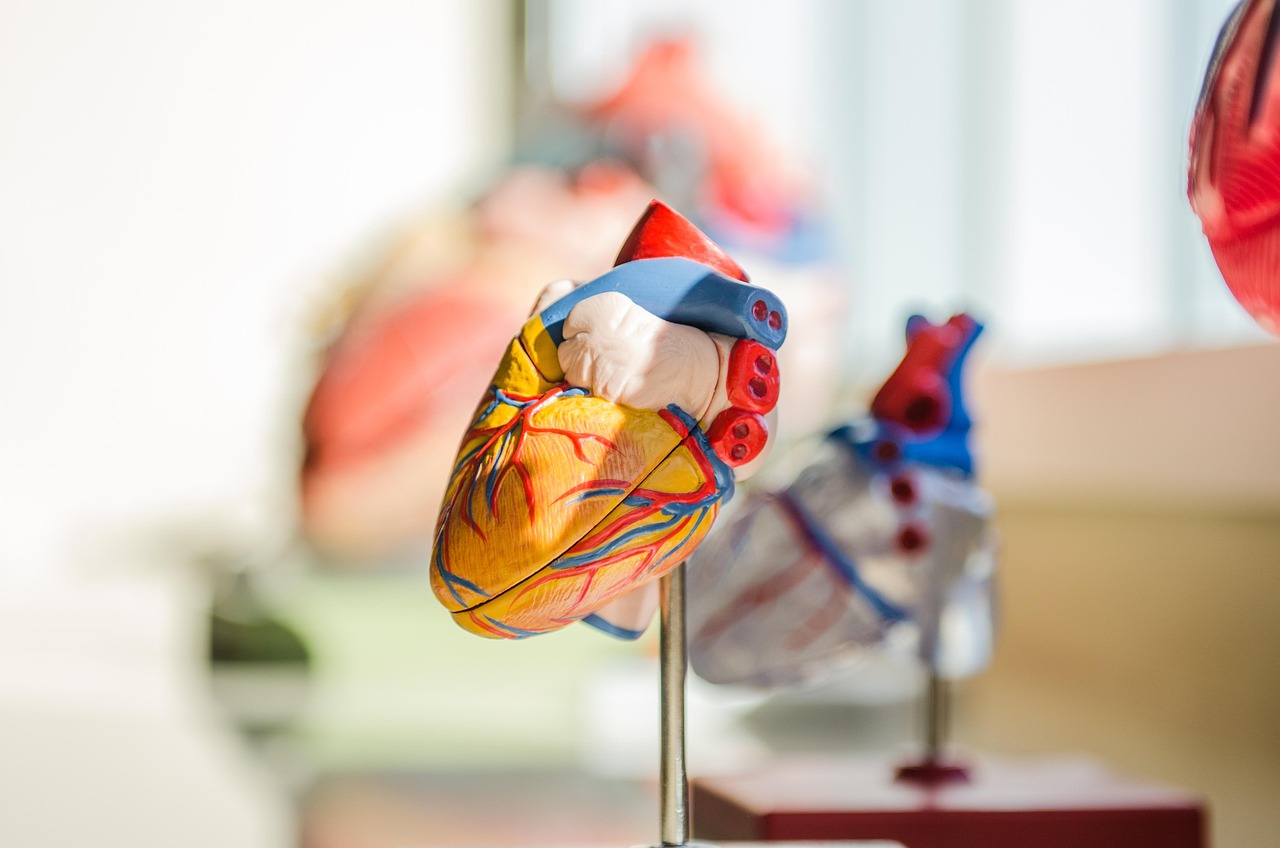Media release
From:
Springer Nature
Engineered muscle patches may help fix broken hearts
A muscle patch developed using stem cells can help to repair failing hearts without adverse effects, according to a Nature paper. The favourable results are demonstrated in primate models and one human patient. Human clinical trials will further test the safety and effectiveness of this approach, but the latest findings highlight the potential of using stem cell-derived tissue patches to treat heart failure.
Heart failure remains a leading cause of death worldwide, but treatment options to reverse its course are limited. Heart transplants are associated with limited organ availability and immune suppression, and synthetic heart devices can be costly. An alternative option is implanting heart muscle cells to fix the failing heart, but retention rates are usually low and severe side effects can include arrhythmia and tumour growth.
Wolfram-Hubertus Zimmermann and colleagues engineered heart muscle patches using induced pluripotent stem cells, which are cells that can differentiate into any cell type in the body. Induced pluripotent stem cells hold promise as a cell source for cardiac repair owing to their ability to self-renew and to differentiate into cardiomyocytes, which provide sufficient cardiac tissue for grafting onto hearts. They found these patches to be effective in treating heart failure and improving heart function, including increasing heart wall thickness and contractility, when tested in Rhesus macaques over a 3–6-month period. These findings led to the approval of a clinical trial in humans, with preliminary results showing that the engineered heart muscle patches could safely remuscularize the heart of a human patient with advanced heart failure.
Journal/
conference:
Nature
Organisation/s:
University of Göttingen, Göttingen, Germany
Funder:
This study was supported by grants from the German Federal Ministry of
Science and Education (BMBF FKZ 13GW0007A) and the German Centre for Cardiovascular Research (DZHK). W.-H.Z. is supported by the German Centre for Cardiovascular Research
(DZHK), the German Federal Ministry of Science and Education (BMBF FKZ 161L0250A),
the German Research Foundation (DFG SFB 1002 C04/S01, IRTG 1816, EXC 2067-1) and the
Leducq Foundation (20CVD04). J.C.W. is supported by the California Institute of Regenerative
Medicine (CIRM), RT3-07798 and CLIN2-12735. R.B. is supported by the DZHK and BMBF
(FKZ 161L0250A). G.K. is supported by the BMBF-German Network of RASopathy Research
(GeNeRARe) subproject 5 (BMBF FKZ 01GM1902D). We thank F. Agdas, A. Berenson, O. Dschun,
U. Goedecke, C. Klopper, S. Kögler, K. Kötz, L. Lukat, F. Martinpott, I. Quentin, D. Reher,
J. Schnalke, A. Schraut, N. Umland and L. Elsner for excellent technical assistance. We thank
C. S. Ferrel (cohorts 1 and 2) and H. Moussavi (cohort 3; German Primate Center) for performing
MRI analyses. We thank J. Engelmayer and L. Binder (UMG Laboratory) for performing and
supervising the clinical chemistry analyses. We thank T. Friede, M. Placzek, K. Schröder,
F. Walker and R. Tostmann for their support of the BioVAT-HF study. We thank P. Menasche
(Hôpital Européen Georges-Pompidou) as well as C. W. Don and C. E. Murry (University of
Washington) for their advice as to I/R injury induction. Generation of the GMP line LiPSC-GR1.1
(also referred to as TC1133; lot number 50-001-21) was supported by the NIH Common Fund
Regenerative Medicine Program and reported in Stem Cell Reports39. The NIH Common
Fund and the National Center for Advancing Translational Sciences are joint stewards of the
LiPSC-GR1.1 resource. A derivative from a GMP working cell bank of the TC1133 line was made
available for research use by Repairon GmbH. Illustrations in Extended Data Figs. 1, 2a and 4a
were created using BioRender (https://biorender.com).



 International
International


